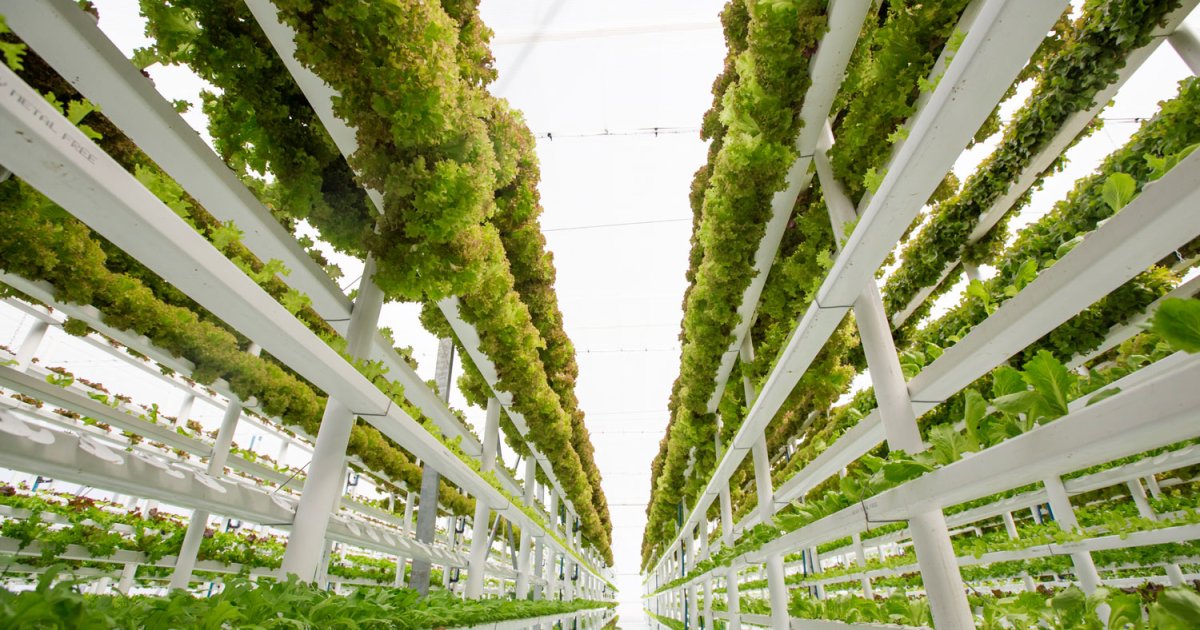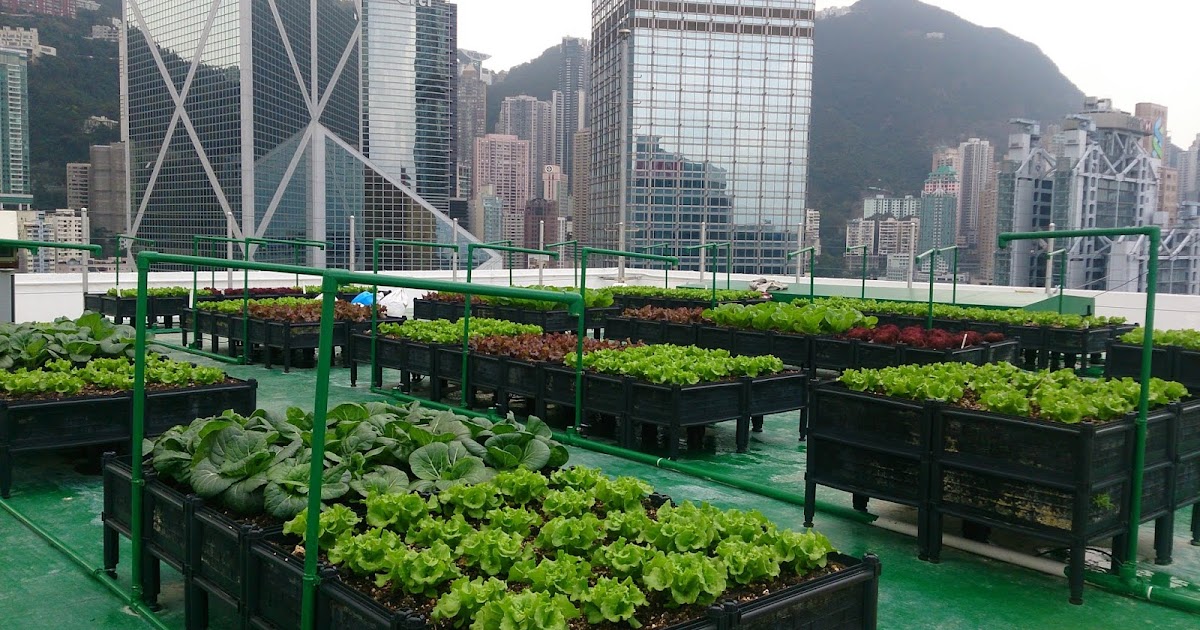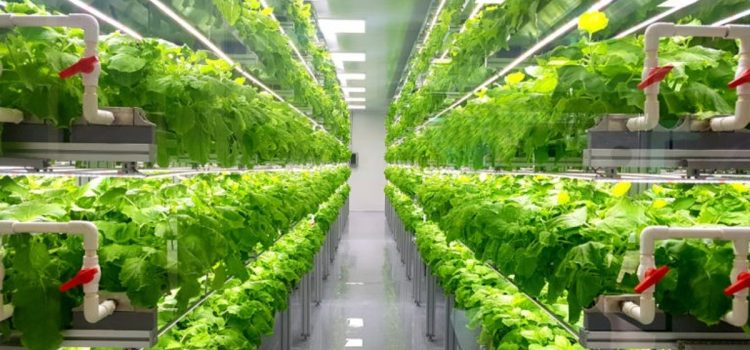
Urban farming transformed the way we think about food production and sustainability in cities. As urban populations grow and land becomes scarce, innovative trends in urban farming are emerging to meet the demand for fresh, locally grown produce. From rooftop gardens and vertical farming to community-supported agriculture, urban farming is revolutionizing the way we cultivate, distribute, and consume food in urban environments. Let’s explore the latest trends shaping the future of urban farming and its impact on food security, environmental sustainability, and community resilience.
1. Vertical Farming:
Vertical farming has gained popularity as a space-efficient and sustainable solution for urban food production. By stacking crops in vertical layers using hydroponic or aeroponic systems, vertical farms maximize growing space while conserving water and nutrients. These indoor farms utilize artificial lighting, climate control, and automated systems to optimize plant growth and yield. Vertical farming enables urban areas to produce a variety of crops year-round, reducing food miles and carbon footprint while ensuring fresh, locally grown produce for city dwellers.
2. Rooftop Gardens:
Rooftop gardens are transforming urban landscapes by converting underutilized spaces into vibrant green oases. These elevated gardens not only beautify city skylines but also provide opportunities for urban agriculture and community engagement. Rooftop gardens utilize sustainable practices like rainwater harvesting, composting, and organic gardening to grow fruits, vegetables, and herbs in urban environments. By harnessing unused rooftop spaces, cities can promote biodiversity, reduce urban heat island effect, and increase access to fresh, nutritious produce through rooftop farming initiatives.
3. Aquaponics Systems:
Aquaponics merges aquaculture with hydroponics to create a closed-loop system for cultivating fish and plants in urban settings. In aquaponics systems, fish waste serves as a natural fertilizer for plants, while plants purify the water for the fish, creating a symbiotic relationship that mimics natural ecosystems. These eco-friendly systems are space-efficient, resource-saving, and highly productive, making them ideal for urban farming. Aquaponics systems are revolutionizing urban agriculture by providing a sustainable method for growing fish and crops in a harmonious, self-sustaining environment.
4. Community Gardens:
Community gardens play a vital role in urban farming by fostering social connections, promoting food security, and enhancing neighborhood resilience. These shared green spaces allow community members to come together to cultivate fruits, vegetables, and flowers, while sharing knowledge, resources, and harvests. Community gardens promote urban biodiversity, reduce food deserts, and empower residents to grow their own food in a collaborative and inclusive environment. Through community-supported agriculture programs and urban agricultural initiatives, cities are cultivating stronger communities and healthier, more sustainable food systems.

5. Hydroponic Farming:
Hydroponic farming is a soil-less farming technique that utilizes nutrient-rich water solutions to grow plants in controlled indoor environments. By supplying plants with essential nutrients and oxygen directly to their roots, hydroponic systems promote faster growth, higher yields, and water conservation compared to traditional farming. These efficient systems are ideal for urban farming, as they require minimal space, reduce water usage, and can be tailored to grow a variety of crops year-round. Hydroponic farming is revolutionizing urban agriculture by providing a sustainable, high-yield solution for growing fresh, nutritious produce in urban areas.
6. Mobile Farms:
Mobile farms are innovative solutions that bring urban farming directly to communities, schools, and neighborhoods. These movable agricultural units are equipped with raised beds, hydroponic systems, or container gardening setups, allowing for flexible and adaptable food production in urban spaces. Mobile farms can be deployed to underserved areas, food deserts, or educational institutions to promote healthy eating, food literacy, and community engagement. By bringing farming to the people, mobile farms are empowering urban residents to grow their own food, connect with nature, and participate in the urban agriculture movement.
7. Agri-Tech Innovations:
Agri-tech innovations are revolutionizing urban farming by integrating technology, data analytics, and automation into food production systems. From sensor-based monitoring and precision farming techniques to smart irrigation systems and AI-driven crop management, agri-tech solutions offer efficient, sustainable, and data-driven approaches to urban agriculture. These technological advancements optimize resource use, increase crop yields, and enhance food quality in urban farms, contributing to a more resilient and productive urban food system. Agri-tech innovations are shaping the future of urban farming by harnessing the power of technology to address food security challenges and promote sustainable practices in cities.
8. Permaculture Design:
Permaculture design principles are guiding urban farmers in creating sustainable, regenerative, and self-sufficient food systems in urban areas. By mimicking natural ecosystems and utilizing organic gardening practices, permaculture designs incorporate elements like polycultures, food forests, and water catchment systems to promote biodiversity, soil health, and ecosystem resilience. These holistic approaches to urban farming emphasize sustainable land use, resource conservation, and community engagement, creating urban foodscapes that nourish both people and the planet. Permaculture design is a key trend in urban farming that is promoting ecological harmony, food security, and environmental stewardship in cities.
9. Indoor Farming Solutions:
Indoor farming solutions are transforming urban spaces by providing year-round access to fresh, locally grown produce regardless of climate or season. From LED grow lights and climate-controlled environments to vertical farming systems and container gardening, indoor farming offers a sustainable and space-efficient way to grow food indoors. These indoor farms can be integrated into homes, restaurants, schools, or commercial spaces, bringing urban farming closer to consumers and reducing food miles. Indoor farming solutions are revolutionizing urban agriculture by providing accessible, high-quality produce that promotes food security and sustainability in urban environments.

10. Food Waste Reduction Initiatives:
Food waste reduction initiatives are an integral part of urban farming trends, as they address the issue of food waste while promoting sustainable practices in cities. By composting organic waste, redistributing surplus produce, and implementing circular food systems, urban farmers are reducing food waste and promoting resource efficiency in urban agriculture. These initiatives support a circular economy, reduce greenhouse gas emissions, and enhance soil health by returning organic matter back to the soil. Food waste reduction initiatives are key components of urban farming that are fostering sustainable food systems, community resilience, and environmental stewardship in cities.
Conclusion:
Trends in urban farming are reshaping the way we grow, distribute, and consume food in cities, promoting sustainability, community engagement, and food security. From vertical farming and rooftop gardens to aquaponics systems and community-supported agriculture, urban farming trends are revolutionizing urban landscapes by promoting access to fresh, nutritious produce, fostering social connections, and enhancing environmental resilience. By embracing innovative urban farming solutions, cities are transforming urban spaces into green, productive, and inclusive environments that support healthier, more sustainable food systems and promote a closer connection between urban residents and the sources of their food.










